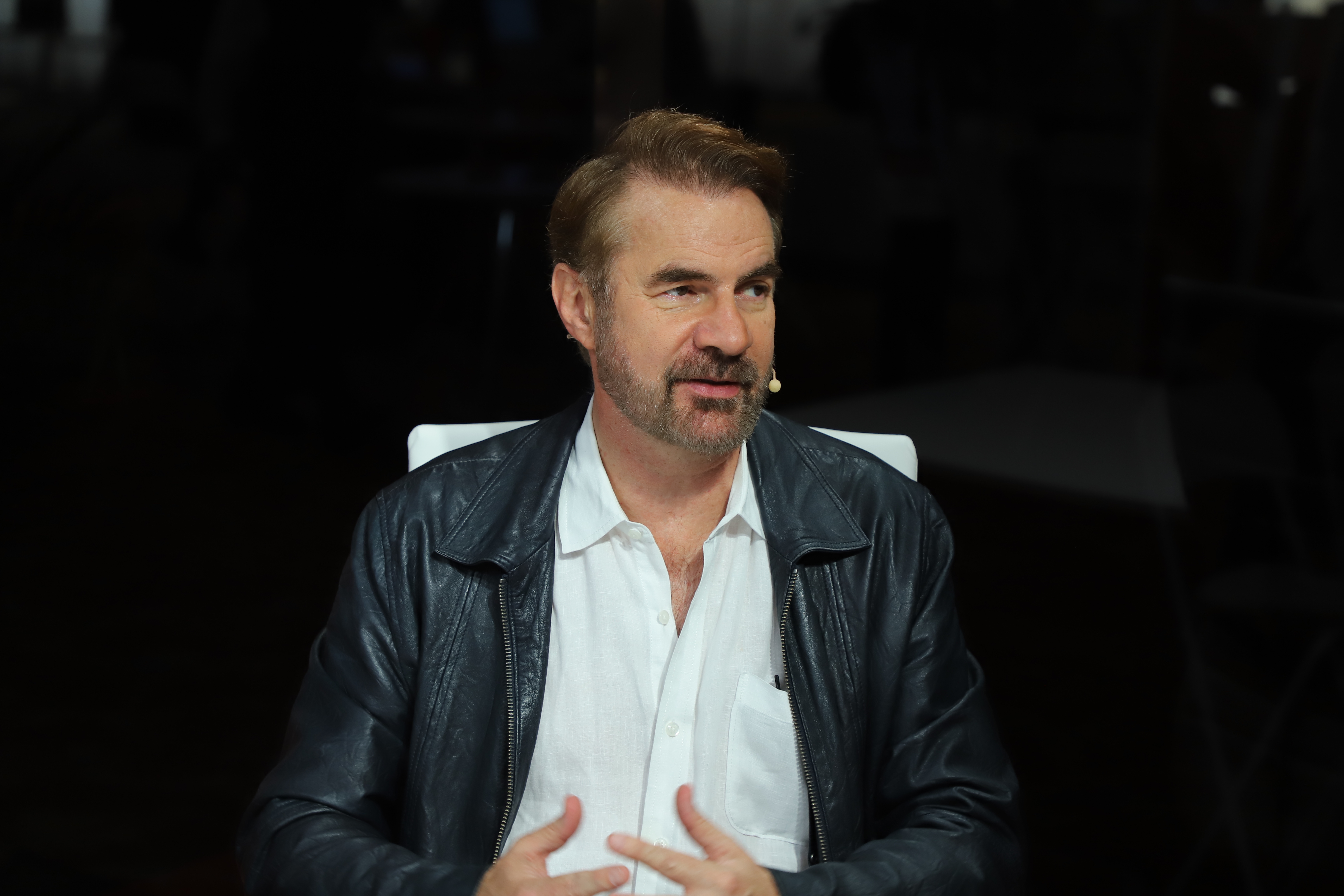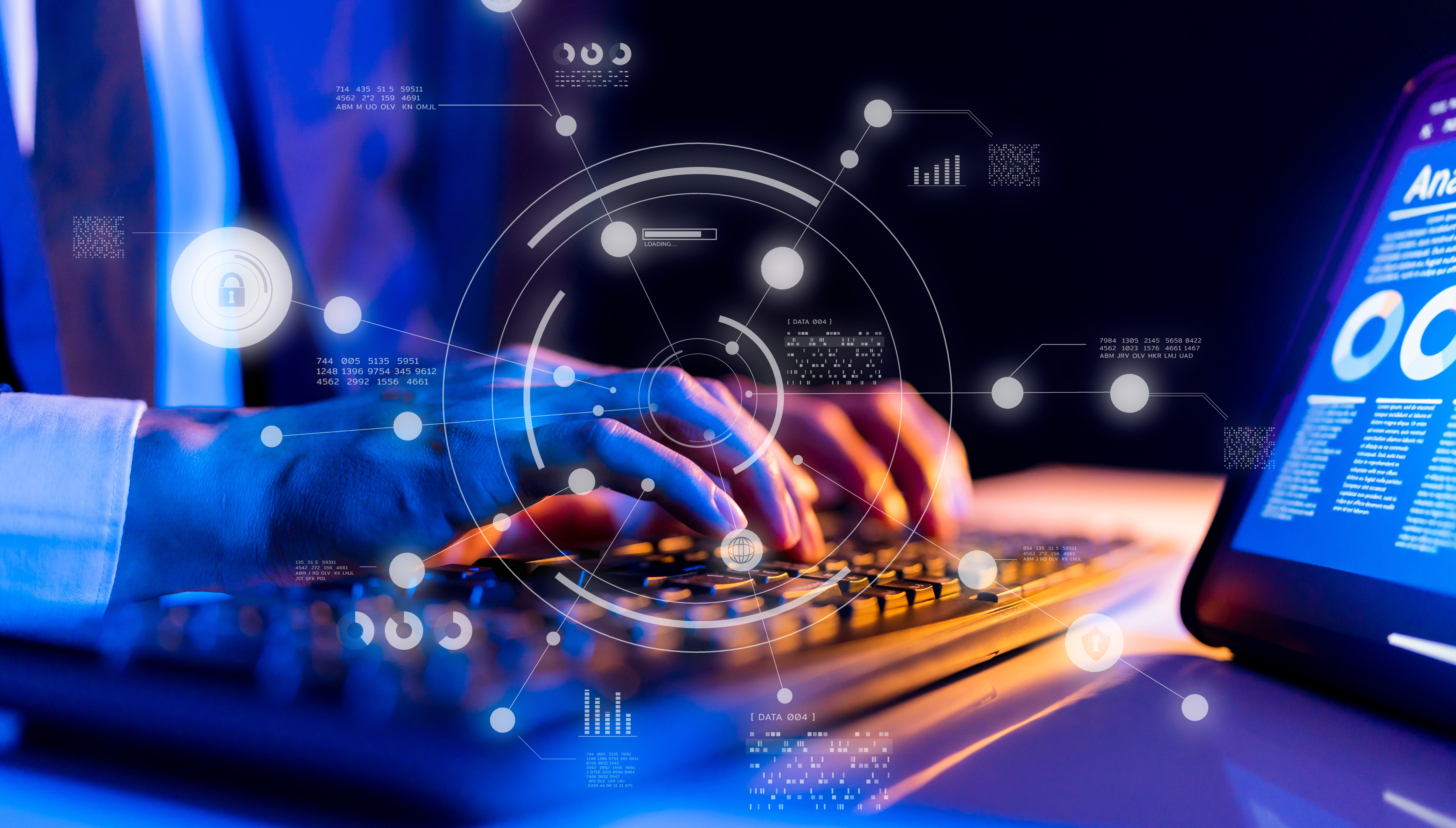
Artificial intelligence is being hailed as a revolution in efficiency, but AI productivity gains remain elusive at scale despite enterprises pouring billions into experimentation. This paradox reflects a recurring pattern in the history of innovation: Groundbreaking technologies often spark massive investment long before they deliver measurable results.
In the case of AI, companies are hiring talent, building tools and testing automation strategies, yet productivity numbers barely budge. It’s not necessarily failure — it’s the familiar “J-curve” of progress, where early efforts require heavy input before transformation takes hold. The question now is how quickly enterprises can move from costly pilots to truly reimagining work in ways that unlock AI’s full potential, according to Erik Brynjolfsson (pictured), Jerry Yang and Akiko Yamazaki professor at Stanford University; senior fellow at the Stanford Institute for Human-Centered AI; and director of the Stanford Digital Economy Lab.
“By definition, that’s lower productivity,” he said. “But then once you figure that out, things really take off. To me, it kind of looks like a J [curve], and we plot it. We did a paper in the American Economic Journal about that, to kind of work out the math of it. Now, we’re seeing the same thing with AI.”
Brynjolfsson spoke with theCUBE’s Dave Vellante and Rebecca Knight at UiPath Fusion, during an exclusive broadcast on theCUBE, SiliconANGLE Media’s livestreaming studio. They discussed the impact of AI on productivity, the need for new metrics and the management practices required to capture business value. (* Disclosure below.)
From pilots to AI productivity
Organizations deploying AI often default to incremental automation, looking for cost savings rather than transformational change, according to Brynjolfsson. That approach mirrors the early internet era, when companies bolted technology onto old processes instead of reinventing them. True AI productivity gains emerge only when enterprises rethink how work is designed and how entirely new business models can take shape.
“The thing I’ve been focused on all my life, and I kind of feel like now more than ever, is understanding how you can take these amazing technologies and turn them into business value,” he said. “We’ve got to convert that into something that’s useful for businesses, useful for consumers, and unfortunately, that’s just not happening as fast as it could be.”
Scaling AI productivity beyond pilots requires more than enthusiasm; it demands creativity and patience. Imagining an entirely new kind of business takes far more effort than automating a single task, yet those who embrace reinvention can unlock far greater gains, Brynjolfsson noted.
“I see this all the time, and I’ve been trying to rail against it,” he said. “Ultimately, to imagine an entirely new kind of business — that takes a lot more creativity. I’m not surprised that it often takes years or decades to sort that out. But we’re beginning to see some new kinds of organizations, some new businesses.”
Measuring AI’s business value
Traditional economic metrics miss much of the value that digital technologies produce, leaving AI’s impact undercounted, Brynjolfsson explained. However, new measures are capturing the benefits of free or low-cost digital services. These metrics could reveal just how much AI is reshaping economic output and help organizations target investments more effectively.
“Another thing we’re working on is new measures of the economy,” he said. “We developed this measure called GDP-B, that measures the value that’s created even if you don’t pay for it. As the economy becomes more and more digital, there’s a huge amount of value being created that doesn’t show up anywhere else in the statistics. We’re trying to measure that.”
Despite short-term growing pains, Brynjolfsson envisions a future where AI productivity accelerates as intelligent systems augment human minds — just as industrial machines once amplified human muscle — driving growth and discovery at unprecedented rates.
“If AI really realizes its promise to augment and automate intelligence, then it may be literally the last invention we have to make, because it’ll start inventing the new things,” he said.” It’ll start boosting R&D, and I just read about a company, Periodic AI, that’s boosting scientific discovery. They’ve got AI driving robots, physical world, doing experiments, learning things, and then we’ll not just have a higher level of growth, but we’ll have a higher rate of growth, and things will just take off.”
Here’s the complete video interview, part of SiliconANGLE’s and theCUBE’s coverage of UiPath Fusion:
(* Disclosure: TheCUBE is a paid media partner for UiPath Fusion. Neither UiPath Inc., the sponsor of theCUBE’s event coverage, nor other sponsors have editorial control over content on theCUBE or SiliconANGLE.)
Photo: SiliconANGLE



